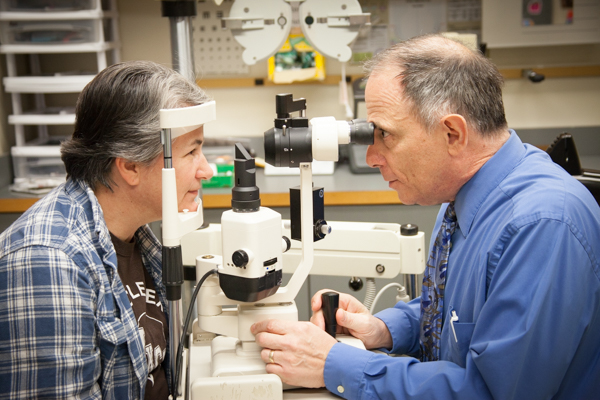Eyecare Near Me: Comprehensive and Reliable Vision Services
Eyecare Near Me: Comprehensive and Reliable Vision Services
Blog Article
The Function of Advanced Diagnostic Tools in Identifying Eye Disorders
In the world of ophthalmology, the use of sophisticated analysis devices has actually transformed the early identification and monitoring of different eye problems. As the need for specific and prompt medical diagnoses continues to expand, the assimilation of innovative tools like optical comprehensibility tomography and visual field testing has actually become indispensable in the realm of eye care.
Relevance of Very Early Diagnosis
Early diagnosis plays a critical role in the effective administration and therapy of eye conditions. By identifying eye problems at a very early phase, medical care suppliers can use ideal treatment plans customized to the details problem, ultimately leading to much better outcomes for people.

Innovation for Spotting Glaucoma
Sophisticated diagnostic innovations play an essential duty in the early discovery and surveillance of glaucoma, a leading source of irreversible blindness worldwide. One such innovation is optical coherence tomography (OCT), which gives thorough cross-sectional pictures of the retina, permitting for the dimension of retinal nerve fiber layer thickness. This measurement is crucial in examining damages brought on by glaucoma. Another innovative tool is visual field screening, which maps the sensitivity of a patient's aesthetic area, helping to detect any areas of vision loss feature of glaucoma. Furthermore, tonometry is used to measure intraocular stress, a major threat factor for glaucoma. This examination is essential as elevated intraocular stress can result in optic nerve damage. Furthermore, more recent technologies like making use of expert system algorithms in assessing imaging data are revealing encouraging results in the very early discovery of glaucoma. These sophisticated diagnostic tools make it possible for ophthalmologists to detect glaucoma in its beginning, allowing for prompt intervention and far better monitoring of the illness to stop vision loss.
Role of Optical Comprehensibility Tomography

OCT's ability to quantify retinal nerve fiber layer density enables exact and objective measurements, assisting in the early discovery of glaucoma also prior to visual field issues emerge. OCT technology allows longitudinal surveillance of architectural adjustments over time, helping with customized therapy strategies and prompt treatments to help preserve individuals' vision. The non-invasive nature of OCT imaging also makes it a recommended selection for keeping track of glaucoma development, as it can be repeated routinely without triggering pain to the client. On the whole, OCT plays a vital function in enhancing the diagnostic precision and administration of glaucoma, ultimately adding to better results for people at threat of vision loss.
Enhancing Diagnosis With Visual Area Testing
An important component in comprehensive sensory analyses, visual field screening plays a crucial function in enhancing the diagnostic procedure for numerous eye problems. By evaluating the full extent of a patient's visual field, this test provides crucial details concerning the functional integrity of the entire visual path, from the retina to the visual cortex.
Visual field screening is especially beneficial in the diagnosis and administration of problems such as glaucoma, optic nerve problems, and various neurological conditions that can affect vision. With quantitative measurements hop over to these guys of peripheral and main vision, medical professionals can identify refined modifications that might suggest the presence or development of these disorders, also prior to noticeable signs happen.
In addition, visual field testing enables the tracking of therapy efficacy, assisting eye doctors customize therapeutic interventions to specific people. eyecare near me. By tracking changes in aesthetic area efficiency with time, doctor can make educated decisions like it about adjusting medications, advising surgical interventions, or carrying out various other ideal procedures to preserve or improve a patient's visual feature
Handling Macular Degeneration

Conclusion
In final thought, advanced analysis devices play a critical duty in identifying eye conditions early on. Technologies such as Optical Coherence Tomography and aesthetic area testing have significantly boosted the accuracy and effectiveness of diagnosing conditions like glaucoma and macular deterioration.
Report this page